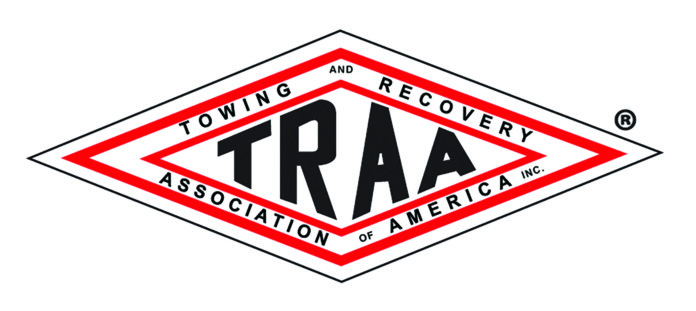Lighting is one of the key tools’ responders use to increase safety when working on the roadway. Yet, there is inconsistent messaging and laws about the correct use of scene lighting. A recent research study titled “Effects of Emergency Vehicle Lighting Characteristics on Driver Perception and Behavior: Study Report” conducted by the Emergency Responder Safety Institute (ERSI) has provided some interesting data.
The study looked at lighting color, intensity, modulation, flash rate and the impact of retro-reflective chevron markings on motorist’s behavior while approaching and passing a scene in lowlight conditions. While none of the variables tested had a statistically significant effect, there were some interesting findings:
Lighting Intensity – “Study participants consistently judged higher intensity lights as more glaring but only marginally more visible than lights of lower intensity. Lower intensity lights remained highly visible. Using lower intensities at night will reduce discomfort glare without reducing the lights’ visibility. This finding indicates that stationary vehicles in nighttime blocking mode should be sufficiently visible with lower intensity lights.”
Lighting Color – “Drivers’ rated visibility of lights appeared to be related to the perceived saturation of their color. Blue and red lights have the greatest perceived saturation and were judged to be brighter than white and yellow lights of the same intensity. Blue and white lights were rated as most glaring. Yellow and red lights were least glaring. This data suggests that red lights for stationary blocking operations may offer the best combination of better visibility with less glare.”
“Moth to Flame” Effect – “None of the variables tested caused drivers to move their vehicles either toward or away from the lights. Therefore, the data in this test did not support or disprove the ‘moth to flame’ effect.”
High Visibility Markings – “When fluorescent and reflective markings were present, drivers did not see the firefighter silhouette until they were closer to it. This was the most unexpected finding of the study. Of the four setups tested, high-intensity lights with no markings produced the longest detection distance, meaning drivers could see the firefighter silhouette from the furthest away. High-intensity lights combined with high visibility markings yielded the shortest detection distance. Reflective markings may increase the amount of scattered light entering the eyes of a driver, thereby making the responder less visible. This study raises the possibility that combining high-intensity lights with high visibility markings may make it more difficult for drivers to see responders on foot at night, even when the responders wear high visibility vests.”
TRAA appreciates the Emergency Responder Safety Institute (ERSI) for conducting this valuable research on behalf of the responder community. We look forward to seeing the results of their next study. For more information visit: ResponderSafety.com









